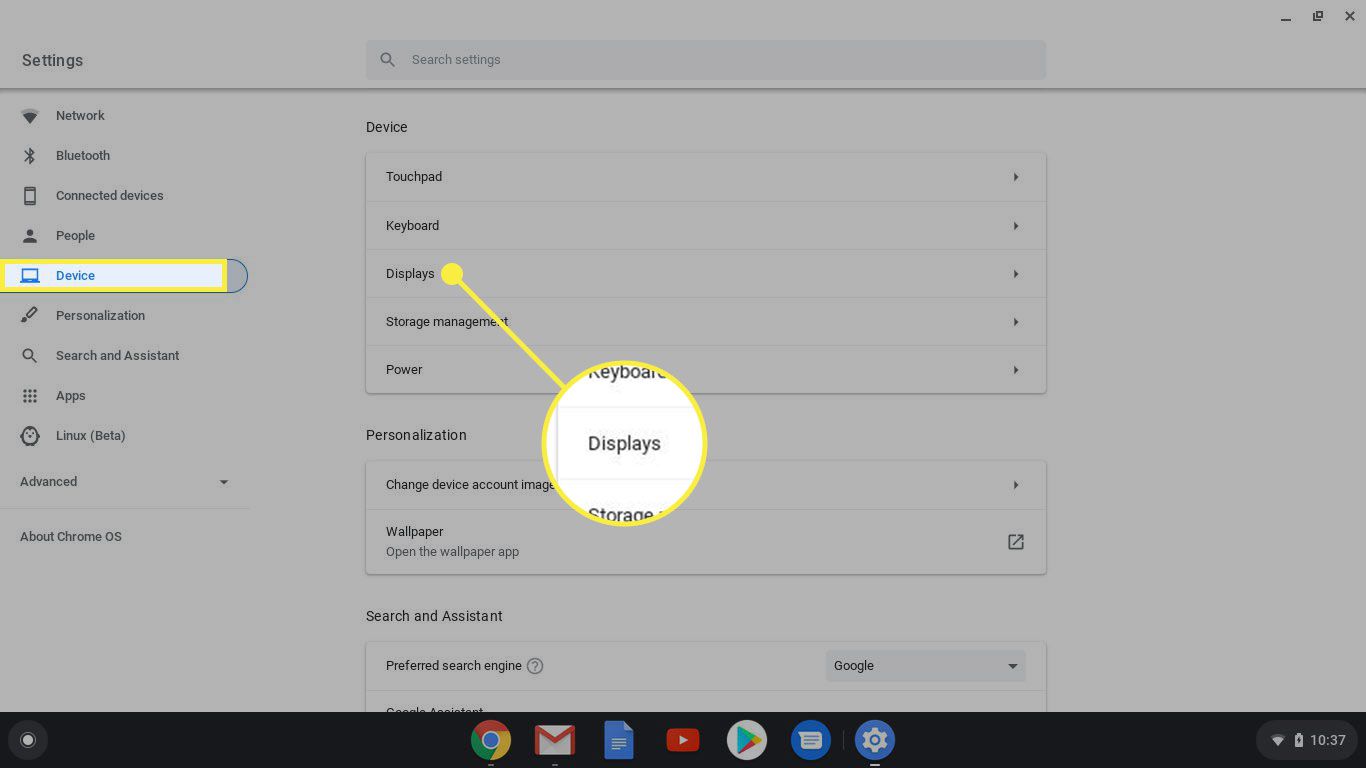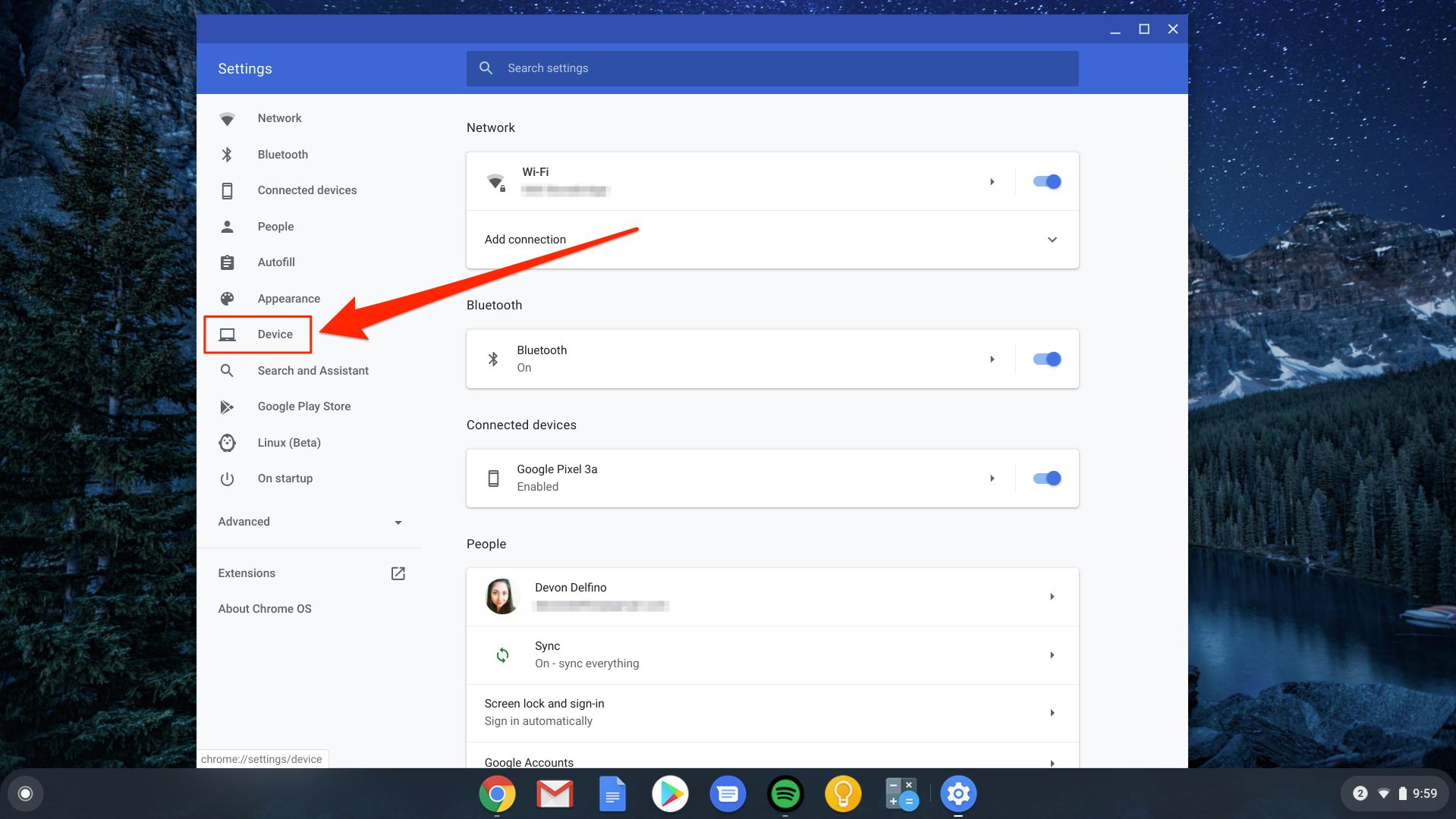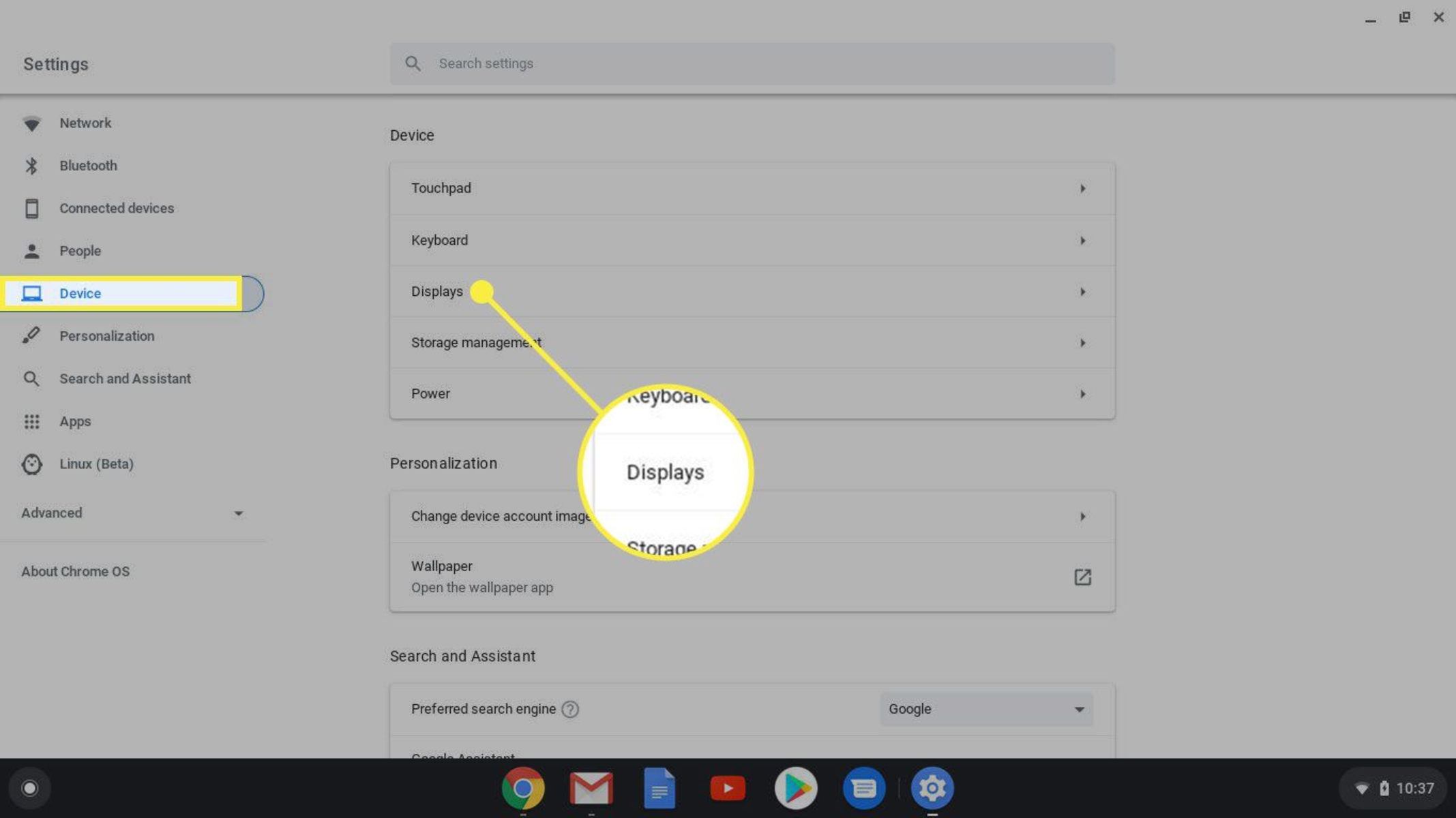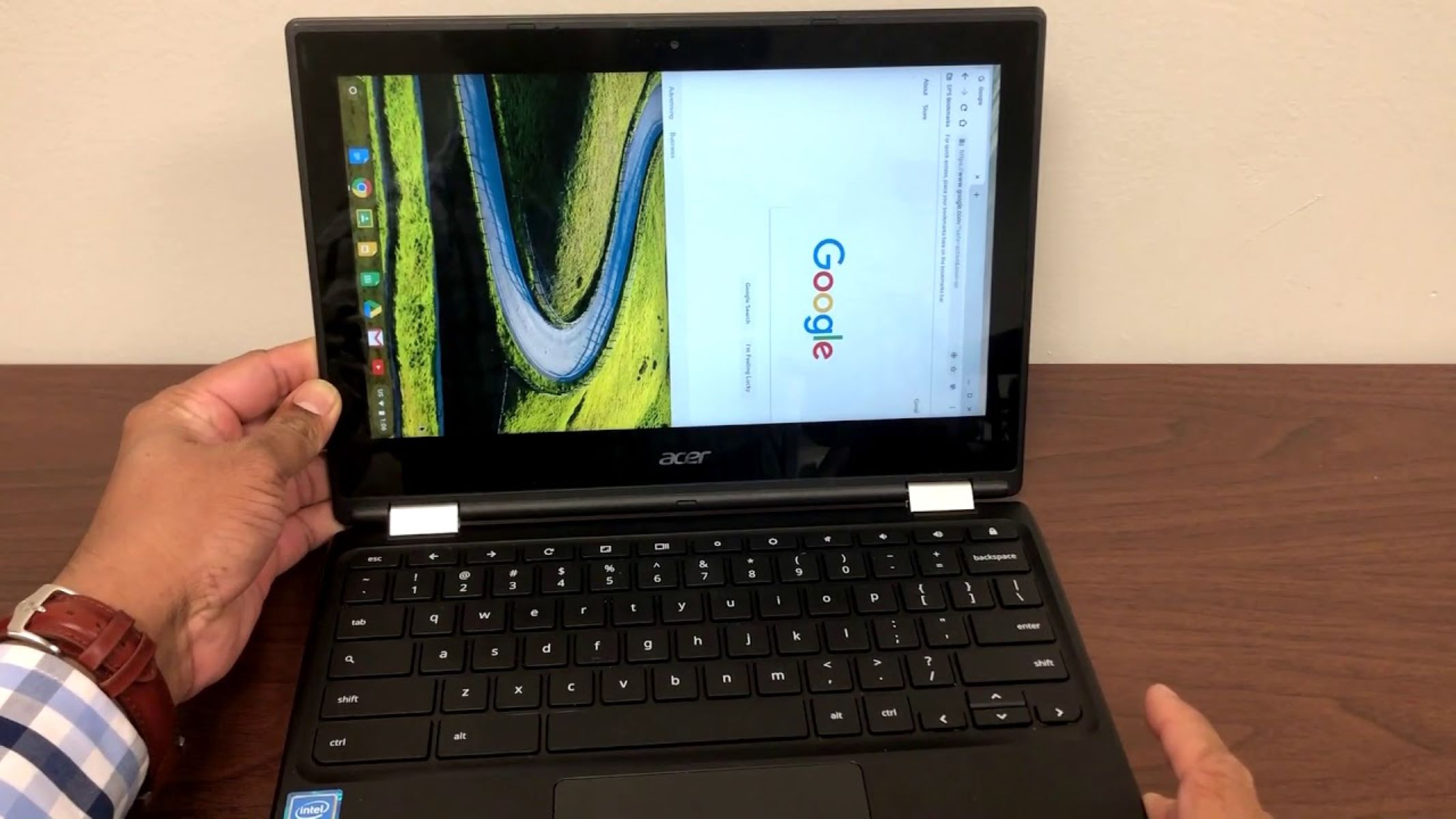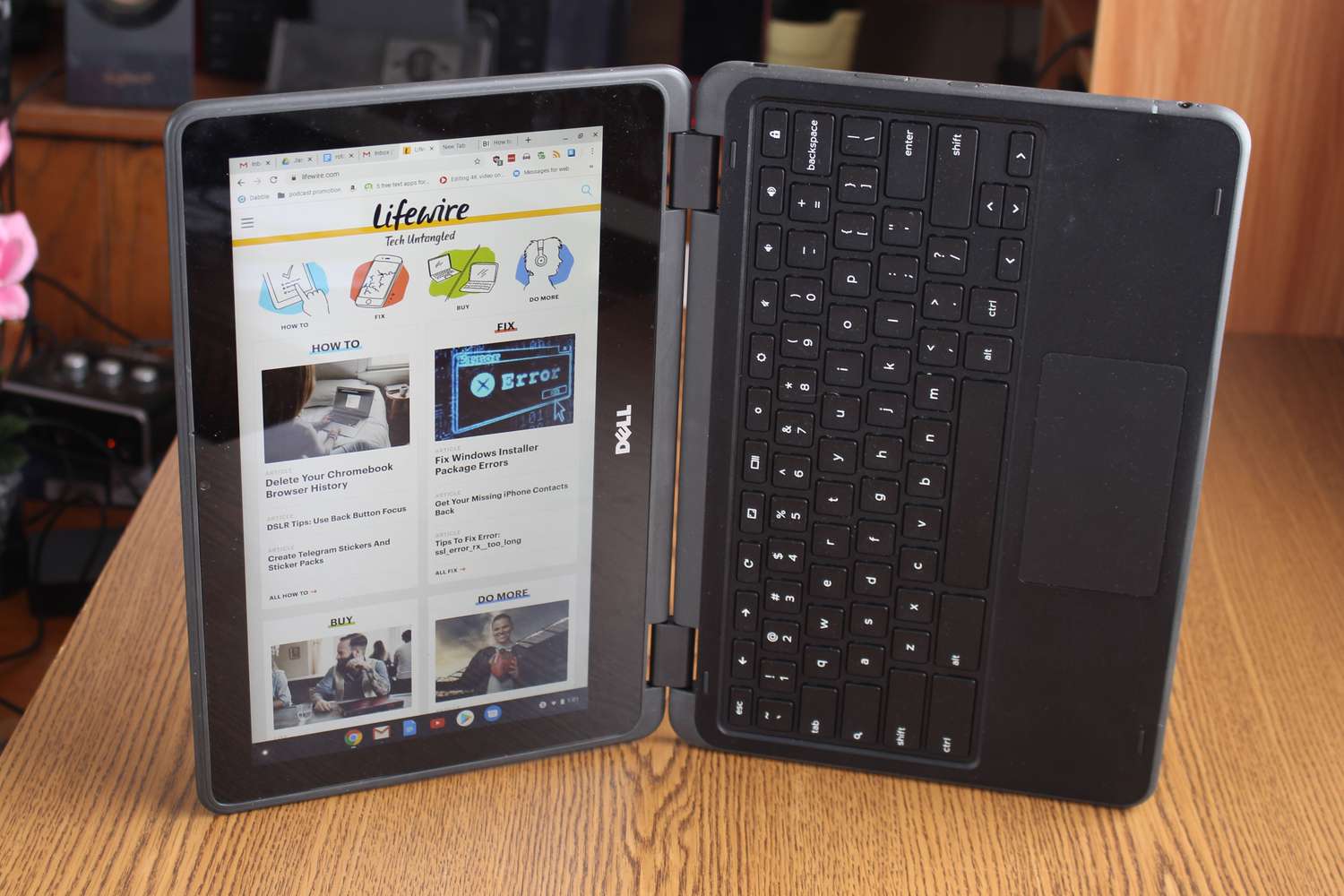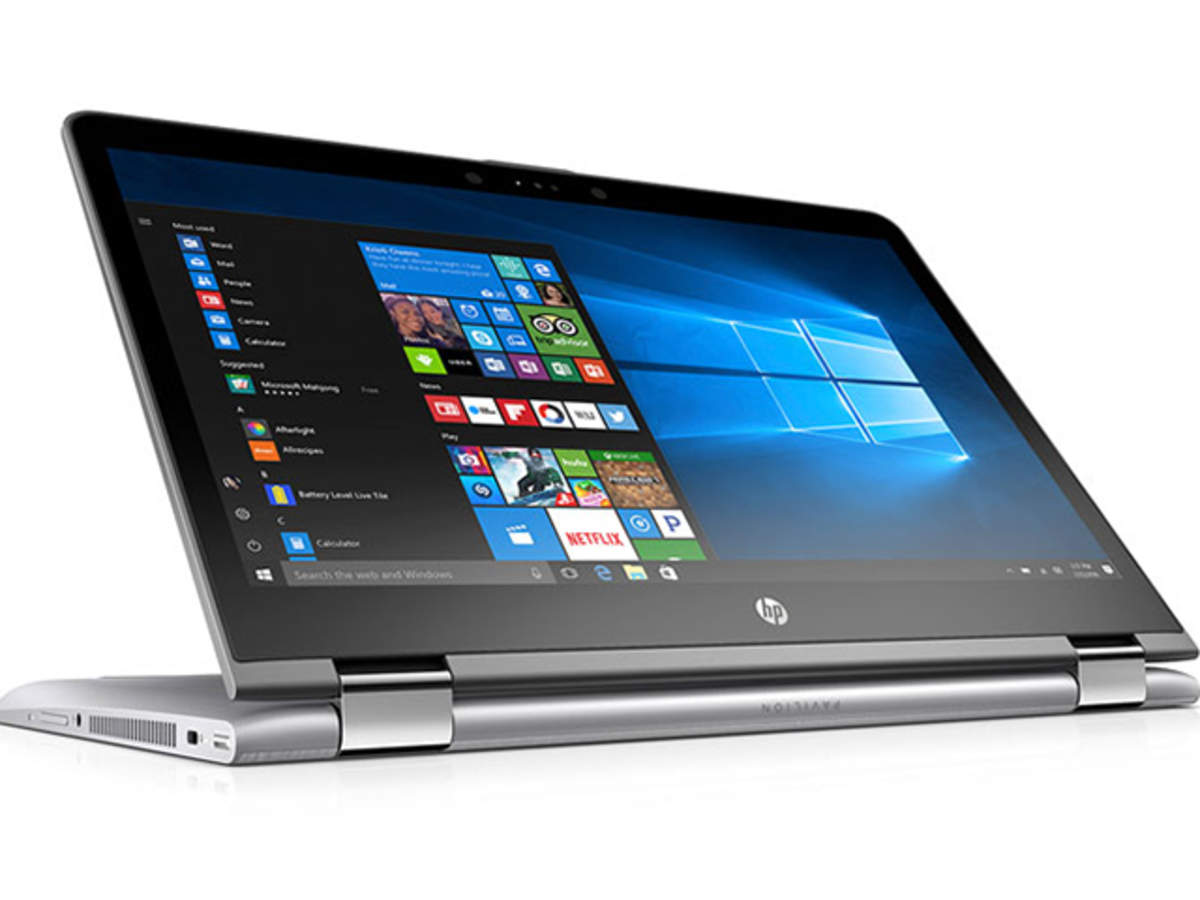Introduction
Have you ever found yourself in a situation where you needed to rotate your screen while using Google Chrome? Whether it's for a specific project, a unique display setup, or simply for a change of perspective, rotating your screen can be a useful and practical feature. In this article, we will explore various methods to rotate your screen specifically while using Google Chrome.
Screen rotation can be beneficial in a variety of scenarios. For instance, if you're working on a design project and need to view your work from a different angle, rotating your screen can provide a fresh viewpoint. Additionally, for individuals using displays that can physically rotate, such as certain monitors or tablets, adjusting the screen orientation can enhance the user experience and improve productivity.
Understanding how to rotate your screen within the Chrome browser can also be advantageous for individuals with specific accessibility needs. By customizing the screen orientation, users can optimize their browsing experience and tailor it to their unique requirements.
In the following sections, we will delve into three distinct methods for rotating your screen while using Google Chrome. Whether you prefer adjusting settings, utilizing keyboard shortcuts, or exploring Chrome extensions, you'll find a method that suits your preferences and technical proficiency. Let's embark on this journey to discover the diverse ways you can rotate your screen within the Chrome browser.
Method 1: Using Display Settings
Adjusting the screen orientation using display settings is a straightforward method that allows you to customize the visual display of your screen within the Chrome browser. This method is particularly useful for individuals who prefer a systematic and direct approach to screen rotation.
To begin, navigate to your computer's display settings. On Windows operating systems, you can access display settings by right-clicking on the desktop and selecting "Display settings" from the context menu. On macOS, you can access display settings by clicking the Apple menu, selecting "System Preferences," and then choosing "Displays."
Once in the display settings, look for the option to adjust the screen orientation. Depending on your operating system, you may find settings such as "Orientation" or "Rotation." Click on the drop-down menu and select the desired screen orientation, which may include options such as landscape, portrait, landscape (flipped), or portrait (flipped).
After selecting the preferred screen orientation, the display settings will apply the changes, and your screen will rotate accordingly. It's important to note that the availability of specific screen orientation options may vary depending on your computer's graphics card and display capabilities.
Using display settings to rotate your screen offers a reliable and system-level approach, ensuring that the changes apply across all applications and browsers, including Google Chrome. This method provides a comprehensive solution for adjusting the screen orientation to align with your specific preferences and requirements.
In addition to the standard display settings provided by the operating system, some graphics card drivers may offer advanced display customization options. These options can include additional features for fine-tuning the screen orientation, color calibration, and display arrangement, providing a more tailored experience for users seeking precise control over their screen configuration.
By utilizing display settings to rotate your screen within the Chrome browser, you can seamlessly integrate the visual adjustments into your browsing experience. Whether you're engaging in creative work, exploring content in a unique format, or simply seeking a change in perspective, the method of using display settings offers a reliable and customizable approach to screen rotation.
Method 2: Using Keyboard Shortcuts
Harnessing keyboard shortcuts to rotate your screen within the Google Chrome browser provides a quick and efficient method for adjusting the screen orientation. This approach is particularly beneficial for users who prefer streamlined and immediate control over their display settings without navigating through extensive menus.
To initiate the screen rotation using keyboard shortcuts, you can utilize the built-in functionality provided by your operating system. On Windows systems, pressing the Ctrl + Alt + Arrow Key combination allows you to rotate the screen in the corresponding direction. For instance, pressing Ctrl + Alt + Right Arrow rotates the screen 90 degrees to the right, while Ctrl + Alt + Left Arrow rotates it to the left. This intuitive shortcut enables users to swiftly adjust the screen orientation with a few simple keystrokes.
Similarly, on macOS, you can employ the Command + Option + Arrow Key combination to rotate the screen in the desired direction. By pressing Command + Option + Right ArrowCommand + Option + Left Arrow, users can efficiently modify the screen orientation to suit their preferences.
The utilization of keyboard shortcuts for screen rotation offers a seamless and responsive method for adjusting the display within the Chrome browser. This approach is particularly advantageous for individuals who prioritize speed and convenience in managing their screen orientation without delving into extensive settings or menus.
Furthermore, the flexibility of keyboard shortcuts allows users to swiftly toggle between different screen orientations, catering to diverse tasks and preferences. Whether you're engaging in creative design work, collaborating on content, or simply seeking a dynamic viewing experience, the convenience of keyboard shortcuts empowers users to adapt the screen orientation with ease.
By integrating keyboard shortcuts into your workflow, you can effortlessly incorporate screen rotation into your browsing experience, enhancing productivity and enabling swift adjustments to align with your specific needs and creative endeavors. This method exemplifies the seamless fusion of user-friendly functionality and immediate control, offering a practical and efficient approach to screen rotation within the Google Chrome browser.
Method 3: Using Chrome Extensions
Utilizing Chrome extensions to facilitate screen rotation presents a versatile and customizable approach for users seeking enhanced control over their browsing experience. Chrome extensions, which are small software programs that can modify and enhance the functionality of the Chrome browser, offer a diverse array of tools, including those designed to adjust screen orientation.
When exploring the realm of Chrome extensions for screen rotation, users can discover a variety of options tailored to their specific preferences and requirements. These extensions are designed to seamlessly integrate with the Chrome browser, providing intuitive and accessible features for modifying the screen orientation with ease.
One notable advantage of using Chrome extensions for screen rotation is the ability to access specialized functionalities that may not be readily available through standard display settings or keyboard shortcuts. These extensions can offer advanced customization options, including precise angle adjustments, automatic orientation detection, and quick toggling between landscape and portrait modes.
Furthermore, Chrome extensions dedicated to screen rotation often provide additional features that complement the overall browsing experience. For instance, some extensions may incorporate display management tools, color calibration settings, or multi-monitor support, offering a comprehensive solution for users seeking a holistic approach to screen customization within the Chrome browser.
The process of integrating Chrome extensions for screen rotation is streamlined and user-friendly. After identifying a suitable extension from the Chrome Web Store, users can seamlessly install the extension with a few clicks, instantly augmenting the browser with enhanced screen rotation capabilities. Once installed, the extension typically integrates into the Chrome interface, presenting accessible controls for adjusting the screen orientation according to the user's preferences.
Moreover, the flexibility of Chrome extensions allows users to tailor their screen rotation experience to align with specific tasks and creative endeavors. Whether engaging in design projects, immersive content consumption, or collaborative work, the customizable features offered by Chrome extensions empower users to optimize their screen orientation to suit diverse activities and workflows.
By leveraging Chrome extensions for screen rotation, users can elevate their browsing experience by seamlessly integrating advanced customization options and intuitive controls. This method exemplifies the adaptability and versatility of Chrome extensions, providing a tailored solution for users seeking comprehensive screen rotation capabilities within the Chrome browser.
Conclusion
In conclusion, the ability to rotate your screen while using Google Chrome offers a diverse range of benefits and practical applications. Whether you prefer the systematic approach of adjusting display settings, the immediacy of keyboard shortcuts, or the versatility of Chrome extensions, there are multiple methods available to cater to your specific preferences and technical proficiency.
By exploring the method of using display settings, users can seamlessly customize their screen orientation at a system level, ensuring that the changes apply across all applications and browsers, including Google Chrome. This method provides a reliable and comprehensive solution for adjusting the screen orientation to align with individual preferences and requirements. Additionally, the availability of advanced display customization options within certain graphics card drivers offers enhanced control over screen orientation, further tailoring the browsing experience to suit diverse needs.
The utilization of keyboard shortcuts for screen rotation presents a quick and efficient method for adjusting the display within the Chrome browser. This approach is particularly advantageous for individuals who prioritize speed and convenience in managing their screen orientation without delving into extensive settings or menus. The flexibility of keyboard shortcuts allows users to swiftly toggle between different screen orientations, catering to diverse tasks and preferences, thereby enhancing productivity and enabling swift adjustments to align with specific needs and creative endeavors.
Furthermore, the integration of Chrome extensions for screen rotation offers a versatile and customizable approach, providing users with enhanced control over their browsing experience. These extensions seamlessly augment the Chrome browser with advanced screen rotation capabilities, offering intuitive and accessible features for modifying the screen orientation with ease. The additional functionalities provided by Chrome extensions, such as precise angle adjustments, automatic orientation detection, and comprehensive display management tools, further enrich the screen rotation experience within the Chrome browser.
In essence, the methods discussed in this article exemplify the adaptability and versatility of screen rotation within the Google Chrome browser. Whether you seek a systematic, immediate, or customizable approach to adjusting your screen orientation, the diverse methods presented here empower you to seamlessly integrate screen rotation into your browsing experience, enhancing productivity, creativity, and overall user satisfaction.







